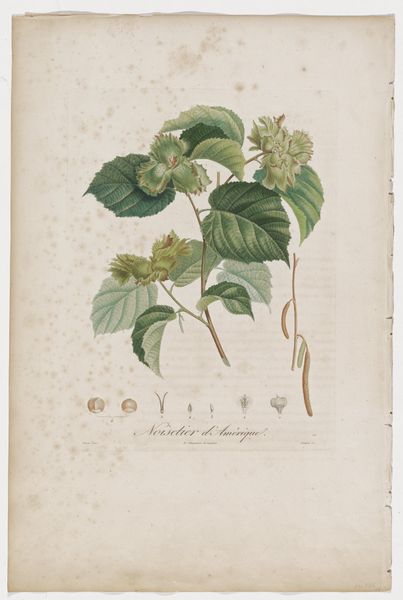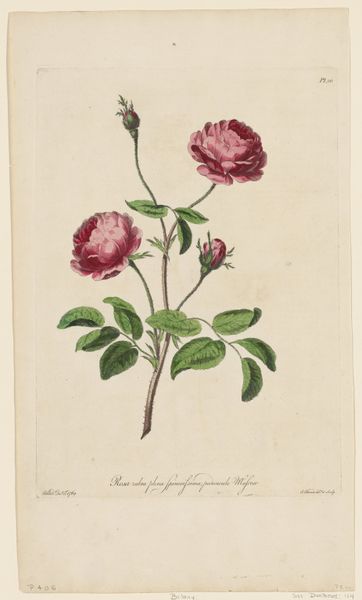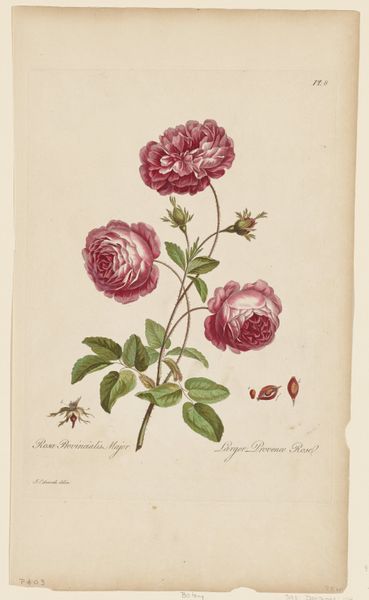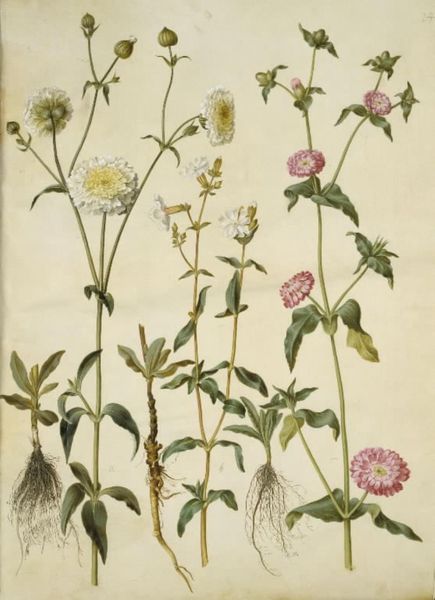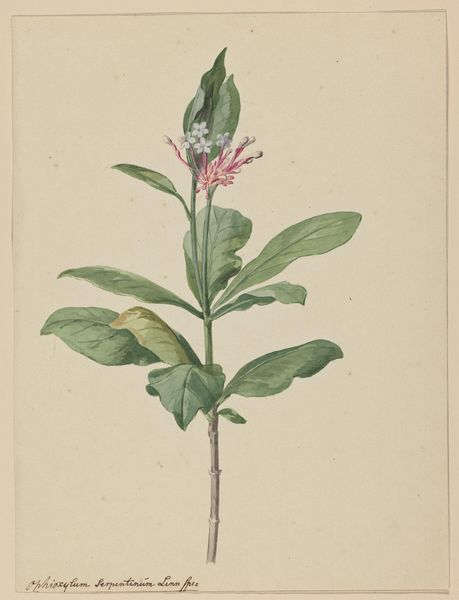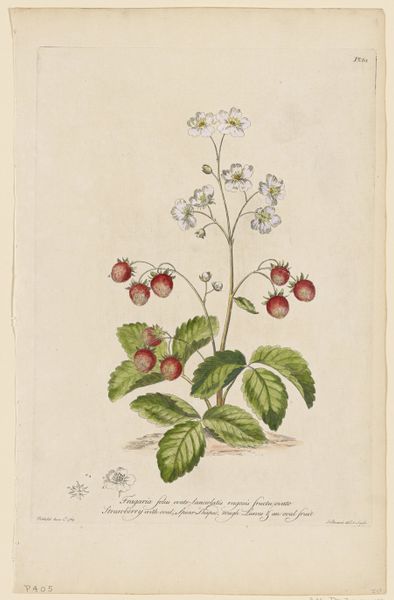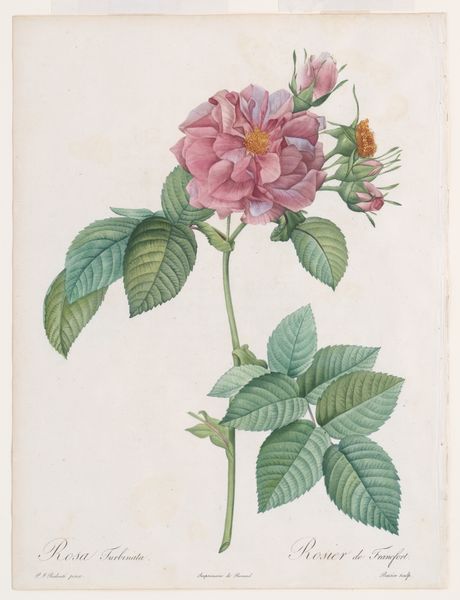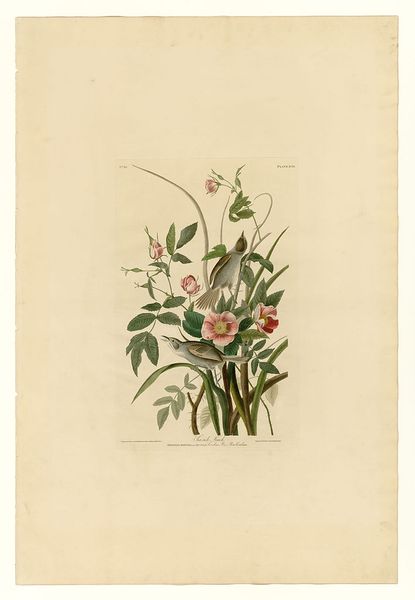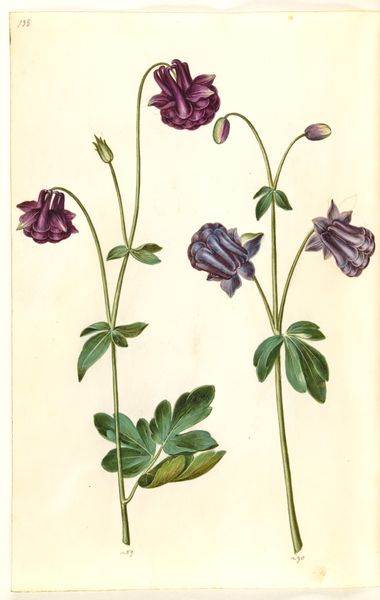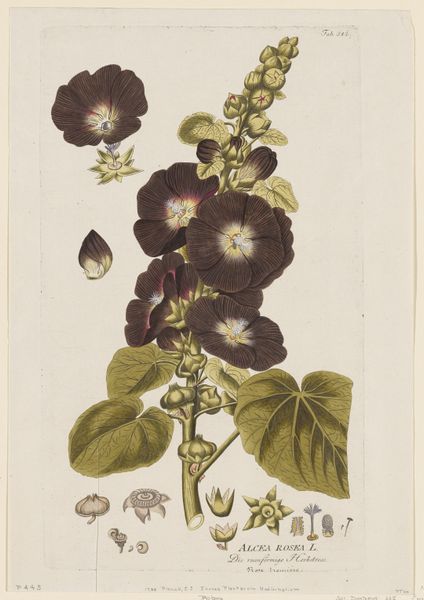
drawing, tempera, print, watercolor
#
drawing
#
tempera
# print
#
watercolor
#
watercolour illustration
#
botanical art
Dimensions: 13 1/4 x 8 1/2 in. (33.66 x 21.59 cm) (plate)
Copyright: Public Domain
Editor: This delicate print, "Gomphrena" by Philip Miller, created sometime between 1755 and 1760, is quite striking. It’s botanical art, a watercolor and tempera on what looks like a cream paper. The round flower heads almost seem to float. How would you interpret this work? Curator: Ah, yes, it's utterly charming, isn’t it? To me, it’s more than just botanical documentation; it whispers of a very specific time and place, the burgeoning age of scientific exploration, colliding, almost comically, with artistic fancy. Notice how the artist meticulously renders the "Gomphrena's" textures. Can't you almost feel the slight roughness of the purple globes? Editor: I can see that. The level of detail is impressive. So it's a mix of science and art? Curator: Precisely. It speaks of the 18th century's obsession with cataloging the natural world. Artists were part botanist, part explorer, rendering these delicate life forms with a scientific eye and a bit of playful affection. But look closer—do you see how some elements appear stylized, almost exaggerated? That’s where the artistry truly shines through. It invites contemplation, doesn't it? Editor: Yes, it does. I initially just saw it as a pretty picture, but now I see the deeper layers. Curator: Exactly! These early botanical prints are little time capsules, aren't they? Full of history, scientific curiosity, and a quiet appreciation for the beautiful resilience of nature. Editor: Absolutely, I am viewing botanical art in a new way. Curator: Glad to spark some curiosity, as that is one of art's gifts to the observer.
Comments
No comments
Be the first to comment and join the conversation on the ultimate creative platform.
